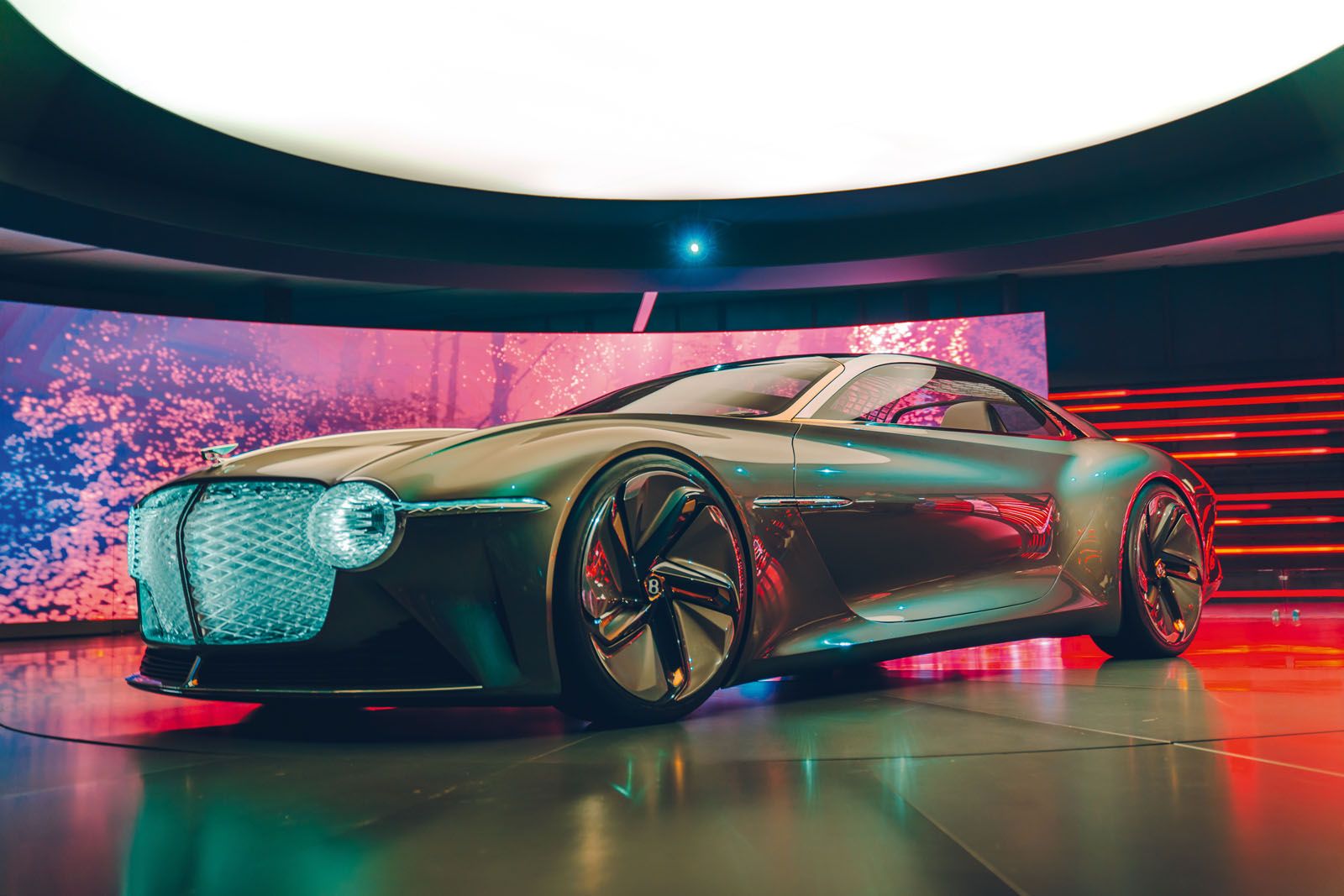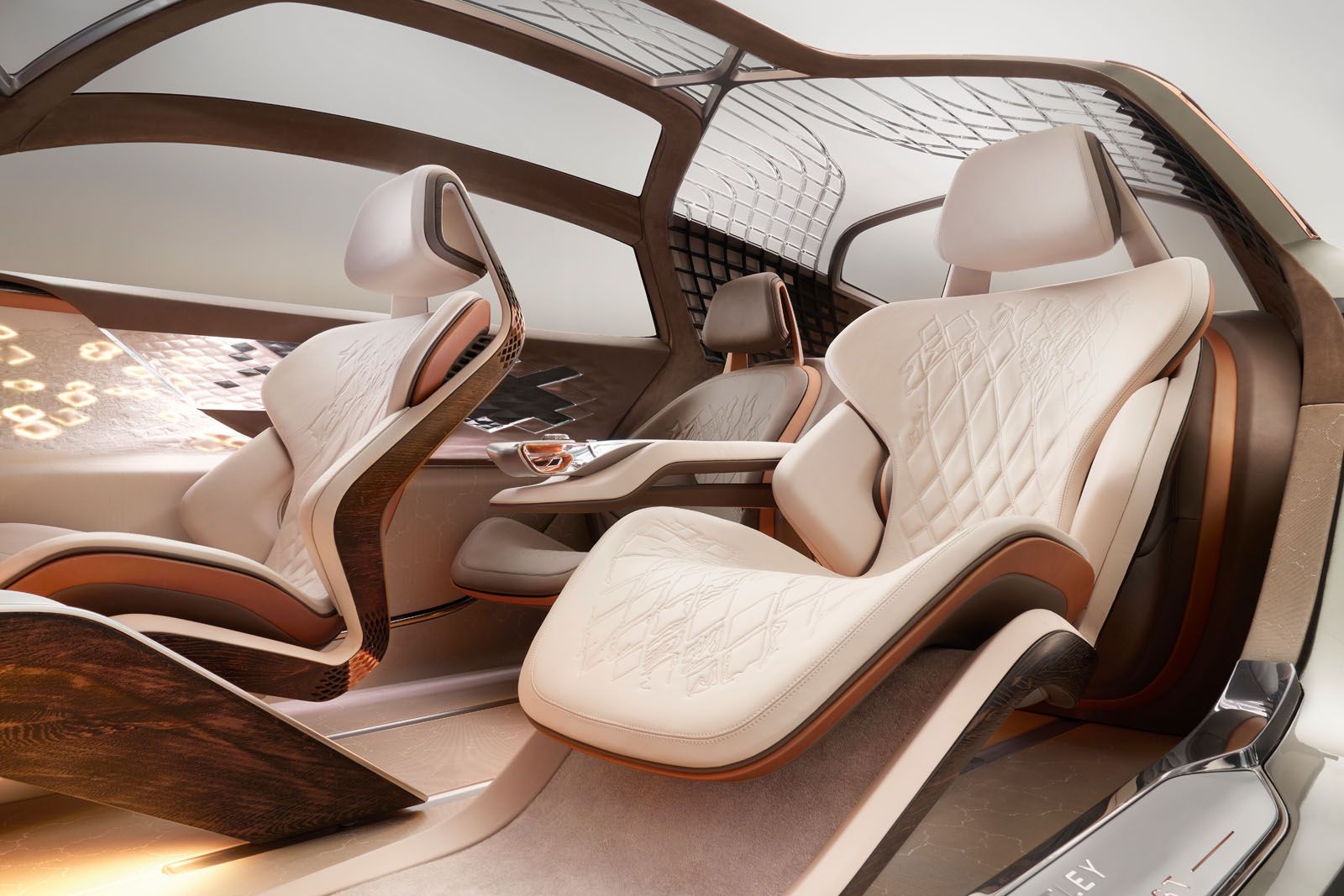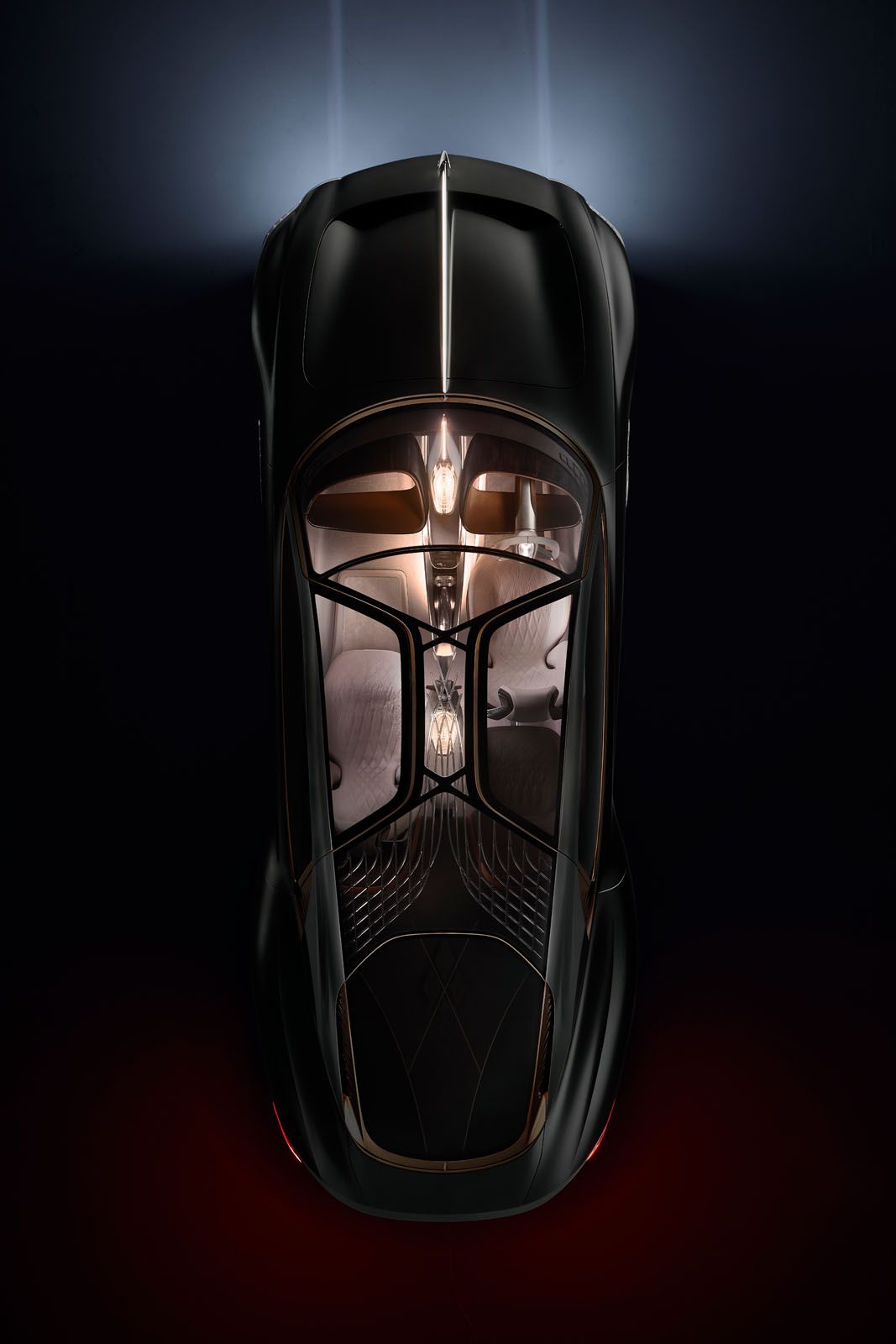The English marque gave the world a glimpse of how it will be redefining grand touring in the next 100 years with the EXP 100 GT concept car
Bentley officially turned 100 years old in July this year—and that’s one extraordinary century of producing standout luxury grand touring cars and achieving numerous racing successes. The latter began in the 1920s, thanks to the Bentley Boys and Girls, a group of wealthy British motoring enthusiasts who won many races, including Le Mans 24 Hours, in their Bentley motorcars.
To celebrate the milestone, the marque welcomed its partners and select press from the world to its headquarters in Crewe, England, on its big day for a special centenary event and surprise: the unveiling of its ultimate grand touring ride for the next century—the Bentley EXP 100 GT.
The concept car is the result of the marque’s management team asking themselves questions about the future of luxury mobility, grand touring and Bentley itself.
According to Bentley Motors chairman and CEO Adrian Hallmark, these thoughts gave the team an impetus 15 months before the centenary event to develop a revolutionary concept that would reimagine grand touring for the year 2035. The outcome? A truly stunning vision that is all-electric, self-driving, and embraces the rise of sustainability and artificial intelligence.
(Related: An Evening Of Celebrating Luxury And Performance With Bentley Singapore)

Lightweight, sustainable materials used throughout car
Even before you discover its capabilities, the EXP 100 GT captivates with its grandeur and sleek beauty. It measures an incredible 5.8m-long and 2.4m-wide, and features 2m-wide scissor doors that pivot outwards and upwards to a height of nearly 3m. Aluminium and copper—both natural, sustainable materials that were used by founder WO Bentley to produce an alloy for his famous BR1 Aero engine piston found in British aircrafts during World War I—are used throughout the car.
“The idea of grand touring that Bentley has been following for the last 100 years is more than about getting transported from one place to another,” said the marque’s design director Stefan Sielaff in a video created for the centenary event. “It’s an almost romantic idea about having the freedom to sit in the car and enjoy a great experience. With self-driving vehicles especially, you want to feel like you’re in a lounge, so you need space.”
Surprisingly, the car’s behemoth dimensions belie its weight, which is a trim 1,900kg due to the lightweight aluminium and carbon fibre used to construct its body.
(Related: Lust List: The Bentley Home Furniture Collection For Every Luxury Home)



